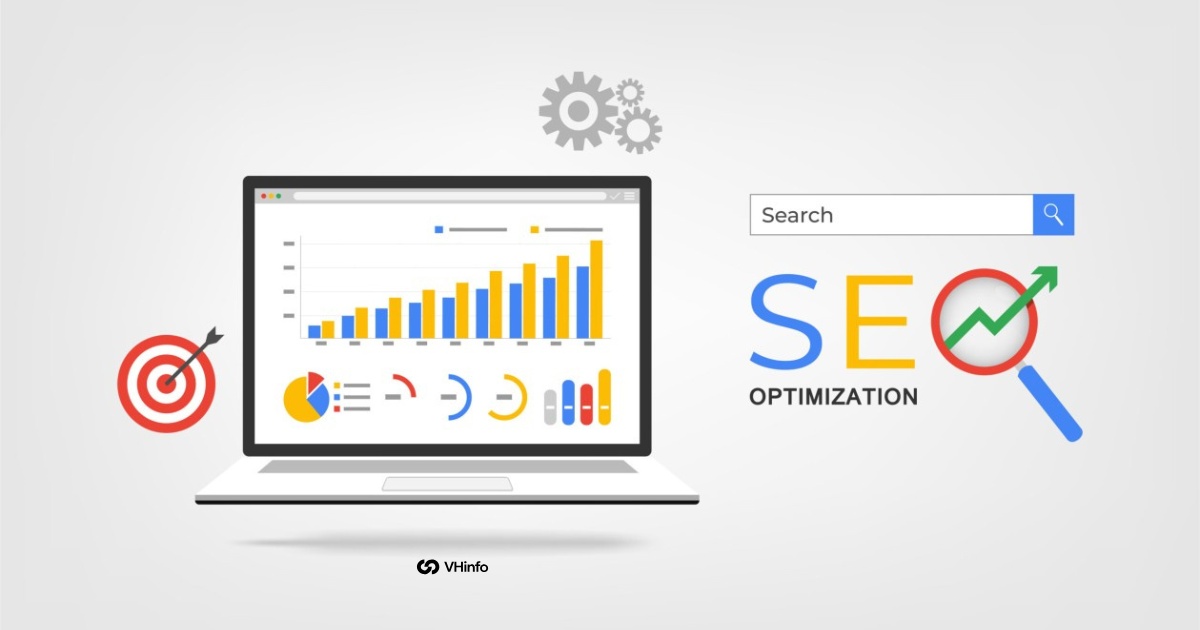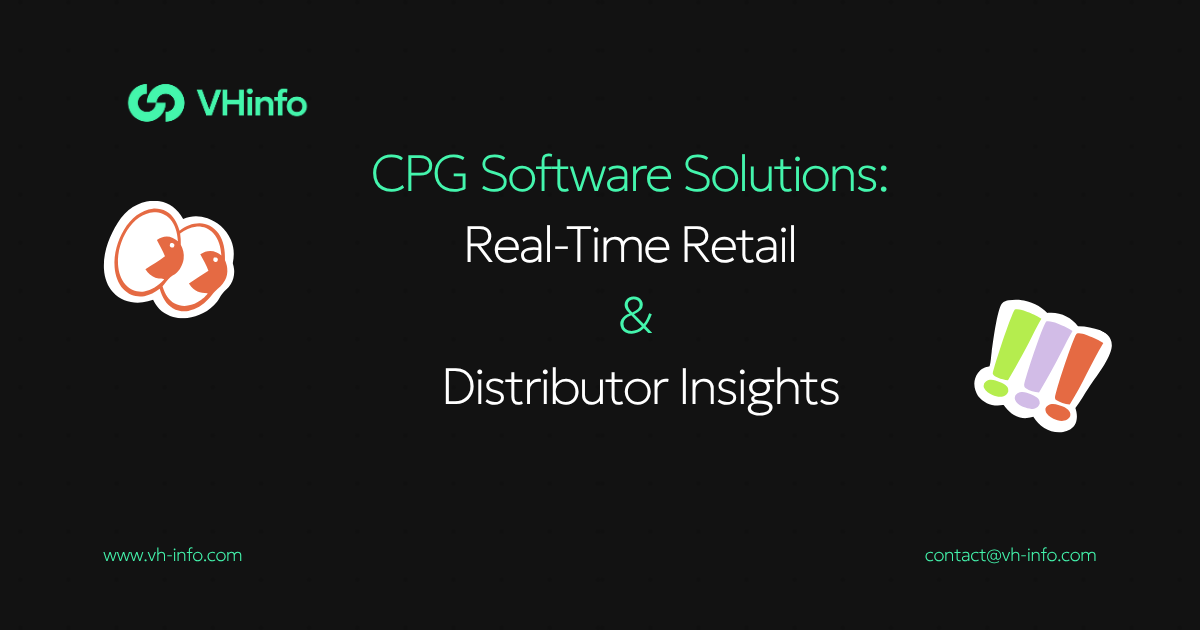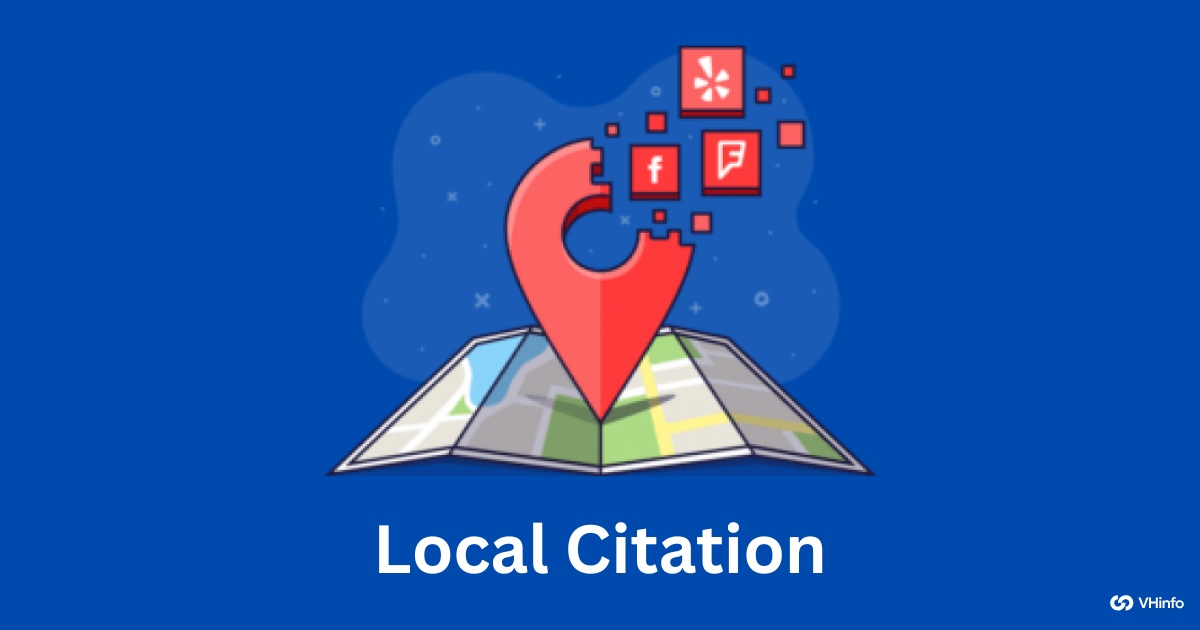When you look for something on a search engine like Google, you get a list of websites.
This list is called the search engine results page, or SERP for short. Your serps rank is where your website shows up on that list.
Being on the first page, especially near the top, is very important. It means more people will see and visit your website. This guide will explain what a serp meaning is and how you can improve your position on these important results pages.
Getting a good rank is key to your digital marketing and SEO success.
What is SERP’s Rank?
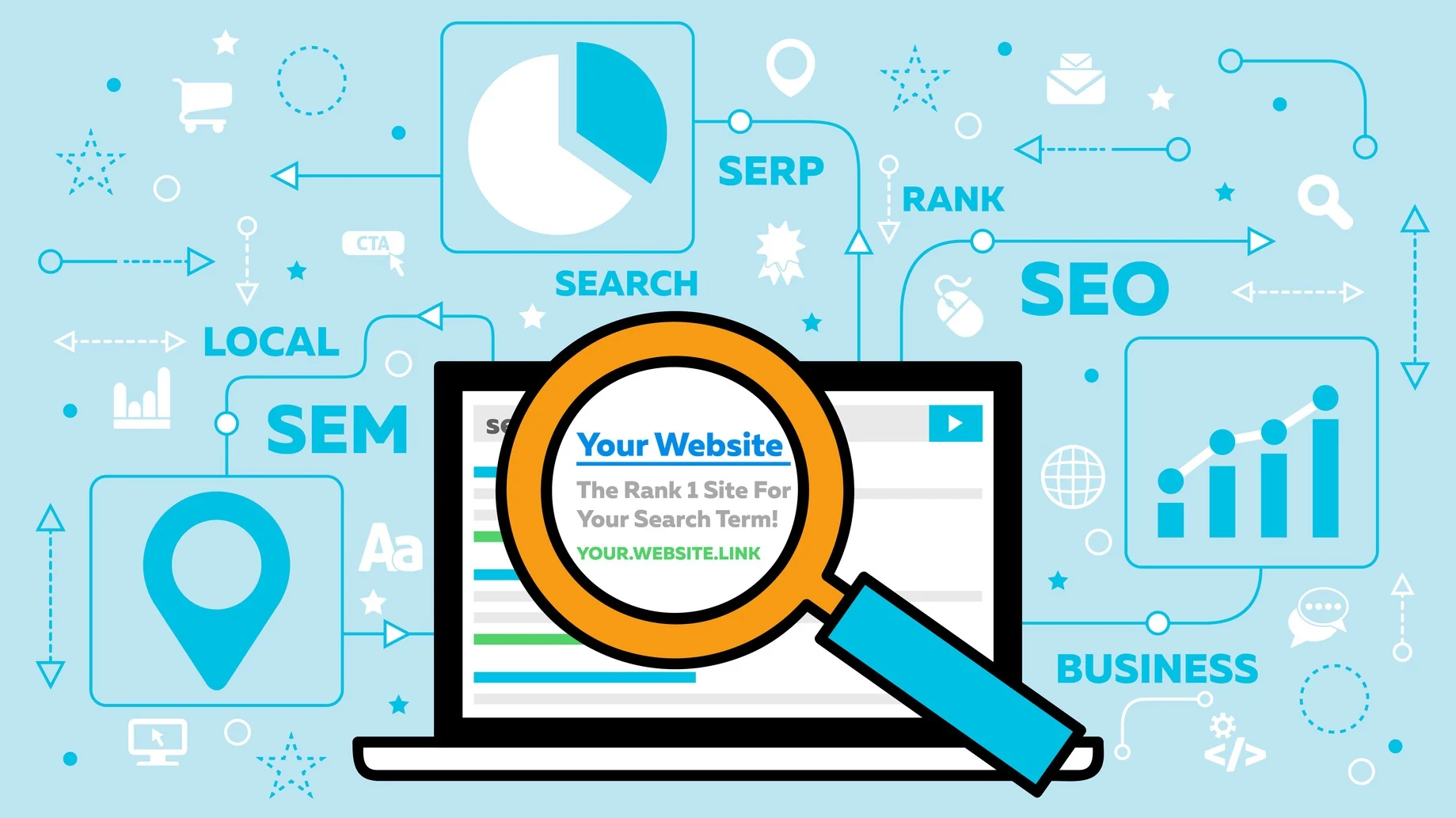
A serps rank is your web page’s position on the search engine results page. When you type a search query into Google, the search engine shows you a list of what it thinks are the most helpful and relevant results. Your rank is simply your spot in that lineup.
If you are the first one, your rank is #1. If you are the tenth, your rank is #10. Most people click on the first few results, so a higher rank means more visitors to your web page. Getting on the first page of Google is the main goal of search engine optimization (SEO).
A good ranking in the Google search results indicates that your SEO efforts are paying off, driving more organic traffic to your site.
What Do SERPs Stand For?
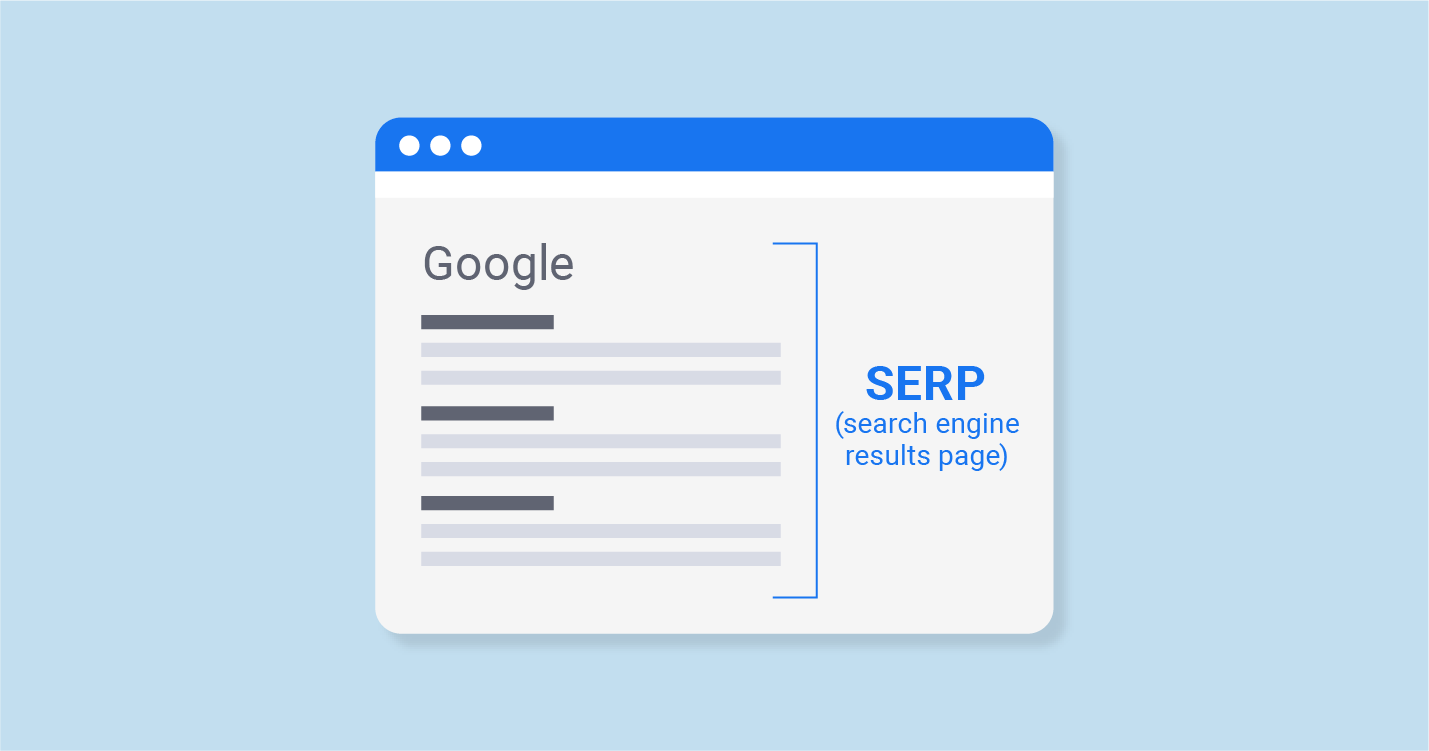
SERP stands for Search Engine Results Page. It’s the page you see after you search for something online. Each time you use a search engine, it provides a SERP filled with various types of results. You might see regular website links, ads, images, or videos.
Even if two people search for the same thing, their SERPs might look a little different.
That’s because search engines like Google show results based on things like your location and what you have searched for before. The look of the search engine result pages is always changing as Google tries to give people the best answers to their questions.
Why Are SERPs Important For Search Engine Optimization (SEO)?
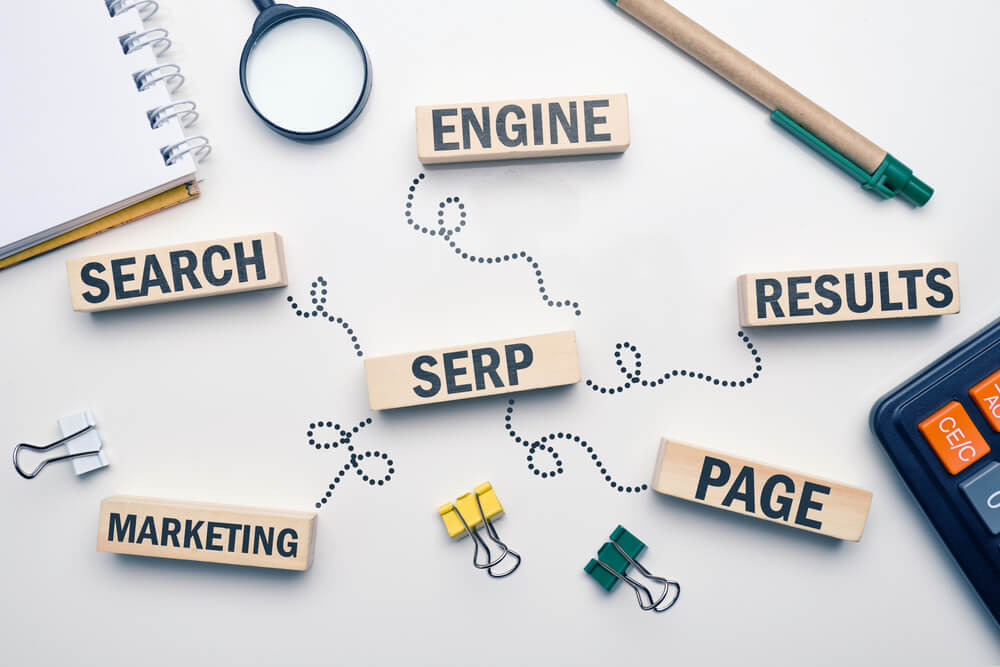
SERPs are very important for SEO because they decide how many people see your website. If you are not on the first page of results, most people will never find you. A good serps rank builds trust and brings more visitors, which can lead to more business.
Let’s look at the different parts of a Google SERP that you can appear in.
Organic Search Results
Organic search results are the main listings that appear on a search engine results page because they are the most relevant to the search query, according to Google’s algorithm. These are often called the “natural” or “earned” results because you can’t pay to be here.
They are the classic blue links, each with a title and a short description. The goal of all SEO efforts is to get your web page to rank as high as possible in these organic listings. A high rank brings valuable organic traffic to your site, as users trust these results more than ads.
This is where strong search engine optimization and following best practices truly pays off for long-term SEO success.
Paid Search Results
Paid search results are advertisements that businesses pay to place at the top of the page or the bottom of the page. These are managed through platforms like Google Ads, where advertisers bid on target keywords.
You can easily spot them because they are marked with a “Sponsored” label. While they are a quick way to get on the first page of Google, they are not part of organic search. They are a key component of digital marketing that works alongside SEO.
The main difference is that paid results cost money every time someone clicks, while traffic from organic results is free. These ads compete with organic listings for a user’s attention on the search results page.
Featured Snippets
A featured snippet is a special box that appears at the very top of the SERP, even above the #1 organic result. It provides a direct, summarized answer to a search query, pulled directly from a web page.
Because of its prominent position, it’s often called “position zero.” Getting your content into a featured snippet can significantly increase your visibility and establish your site as an authority. It directly addresses the user intent by providing a quick answer.
However, it can sometimes result in a “no-click search,” where the user gets their answer without needing to visit your page. Still, securing a featured snippet is a major goal for many SEO strategies to dominate the first page of results.
Direct Answer Box
A Direct Answer Box is a type of result where Google provides a single, quick answer to a straightforward factual question, like “how tall is the Eiffel Tower?” or “what’s 2+2?“. These answer boxes give you the information instantly, without requiring you to click on any link.
Unlike a featured snippet, the information in an answer box often comes from Google’s own licensed data or public domain information, and it usually doesn’t include a link to a source web page.
This feature is designed to provide the best possible user experience by satisfying a simple search query immediately on the search engine results page, showing how Google aims to resolve user intent as fast as possible.
Knowledge Graph and Knowledge Panel
The Knowledge Graph is Google’s system for understanding facts about people, places, and things and the connections between them. This information is often displayed in a Knowledge Panel, which is the large box that appears on the right side of the Google search results.
If you search for a famous person or a company, this panel will show pictures, key facts, dates, and related information. For businesses, having a Knowledge Panel is great for brand visibility and helps you control the information users see on the search engine result pages. It makes your business look official and trustworthy, which is a big part of building a strong online presence beyond just traditional blue links.
Local Packs
The Local Pack is a special feature that appears for local searches with a geographic intent, such as “coffee shops near me.” It shows a map from Google Maps and a list of three local businesses, along with their address, phone number, and customer ratings.
This is one of the most important features for local SEO. For a local business, appearing in this pack on the first page of results is a huge win, as it drives both online traffic and actual foot traffic to your store.
To show up here, your Google Business Profile must be complete and optimized, and your website must be relevant to the search query.
Google Image Results
Google Image results are a group of images that appear within the main search results when visual content is a relevant answer to the search query. For example, if you search for “cute puppies,” you will see a block of pictures near the top of the page.
Optimizing the images on your web page with descriptive filenames and alt text can help them appear in these image packs. This can drive a surprising amount of organic traffic from Google Images to your site, especially if you are in a visual industry like fashion, food, or design.
It’s another way to capture valuable space on the first page of Google and attract users.
Video Results
Video results often appear in the Google search results, especially for “how-to” queries, reviews, or entertainment topics. These results usually feature a thumbnail image from the video, which encourages clicks.
Most of the videos shown are from YouTube, which is also a search engine. Including video results helps Google provide a richer, more engaging user experience that matches the user intent for visual learners.
For businesses, creating helpful video content is a powerful SEO strategy. It allows you to claim more real estate on the search engine results page and connect with your audience in a different format, driving traffic to your brand.
People Also Ask
The “People Also Ask” (PAA) box is a dynamic feature that shows a list of questions related to your original search query.
Each question can be clicked to reveal a short answer, which is a snippet of text from a web page, similar to a featured snippet. This feature is very useful for both users and SEO professionals. For users, it helps them explore a topic more deeply.
For your SEO efforts, creating content that directly answers these questions can get you featured in the PAA box, increasing your visibility on the results pages. It also gives you great ideas for content by showing you what other questions people have about your target keywords.
Twitter Results
When you search for hot or new topics, Google may show a list of new tweets from Twitter (now called X). This list gives fresh news right in the search results. For example, if you look up a live game or urgent news, you will likely see a row of tweets about it.
This makes it clear that having active social media can help people find you on Google for some searches. It is a good thing to remember that smart online marketing is more than just your website; it is also about joining talks happening across the internet.
Being part of these talks can help boost your spot in search results.
Top Stories
The “Top Stories” section is a special block that appears at the top of the page for searches related to news and current events.
This feature displays recent articles from approved news publications, showing a headline, the publisher’s name, and an image. Getting into Top Stories can drive a massive amount of organic traffic in a short period.
However, it is generally reserved for established news websites that meet Google’s strict guidelines.
For businesses, it highlights the importance of creating timely and relevant content, although most will not qualify for this specific feature. It’s a key part of how the Google SERP delivers fresh, up-to-the-minute information.
Google Shopping Results
Google Shopping results are a type of paid results that appear for product-related searches. They are highly visual, showing an image of the product, its price, the seller’s name, and sometimes reviews.
These ads typically show up in a carousel at the top of the page or in a separate “Shopping” tab.
For any e-commerce business, being present in Google Shopping results is a core part of their digital marketing strategy. It allows you to get your products directly in front of people who have a clear intent to buy.
While these are ads you pay for, they are a powerful way to compete on the first page of Google and drive sales.
Key Factors That Directly Influence Your SERPs Rank

Several key factors determine your position in the search engine results. A good SEO strategy addresses all of them to improve your SERP rank.
On-Page SEO: Content, Keywords, and Meta Tags

On-page SEO includes everything you do on your actual web page to help it rank higher.
The most important part is your content. You need to create high-quality, helpful information that directly answers the questions your audience is asking. This means doing thorough keyword research to find the exact words and phrases people use in a search query.
Once you have your target keywords, you must use them naturally in your page title, headings, and throughout your text. You should also optimize your meta tags—especially the title tag and meta description—which are the bits of text that show up in the search results.
A good meta description encourages people to click on your link, which tells the search engine your page is a good result.
Off-Page SEO: Backlinks and Domain Authority

Off-page SEO refers to all the actions you take outside of your website to improve your serps rank. The biggest factor here is backlinks.
Backlinks are links from other websites pointing to your page. Think of them as votes of confidence.
When a reputable website links to you, it tells a search engine like Google that your content is trustworthy and valuable. The more high-quality backlinks you have, the higher your domain authority becomes.
Domain authority is a score that predicts how well your website will rank.
For SaaS businesses especially, building these authoritative backlinks is essential for growth. That’s why many partner with a specialized service like VH-info to strategically build a strong backlink profile that boosts their position on the search engine results page.
Technical SEO: Site Speed, Mobile-Friendliness, and Crawlability
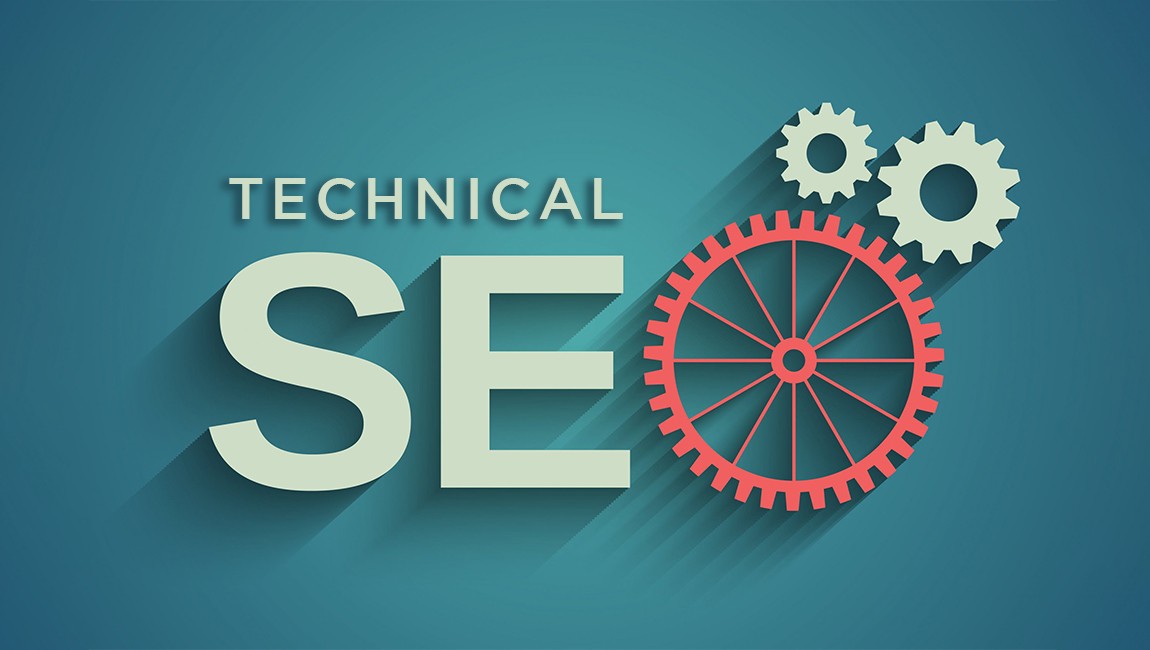
Technical SEO is about making sure your website has a strong foundation, so search engines can find, crawl, and index your content without any problems. A major factor is site speed; if your web page loads slowly, both users and search engines will get frustrated. Another key element is mobile-friendliness. Since most Google searches now happen on phones, your site must look and work great on mobile devices.
Finally, crawlability means making sure that search engine bots can easily move through your site and understand its structure. This involves having a clean site map and avoiding broken links.
Good technical SEO ensures there are no barriers preventing you from reaching the first page of results.
User Experience Signals: Bounce Rate and Dwell Time
User experience (UX) signals are clues that tell Google whether visitors are having a good time on your site.
Two important signals are bounce rate and dwell time. Bounce rate is the percentage of visitors who leave your website after viewing only one page. A high bounce rate might suggest your content didn’t match the user intent of their search query.
Dwell time is the amount of time a person spends on your page before returning to the search results.
A longer dwell time is a positive signal that your content is engaging and helpful. Google wants to show its users the most useful and relevant results, so it pays close attention to these behaviors to determine your SERP rank.
How to Appear in SERPs?
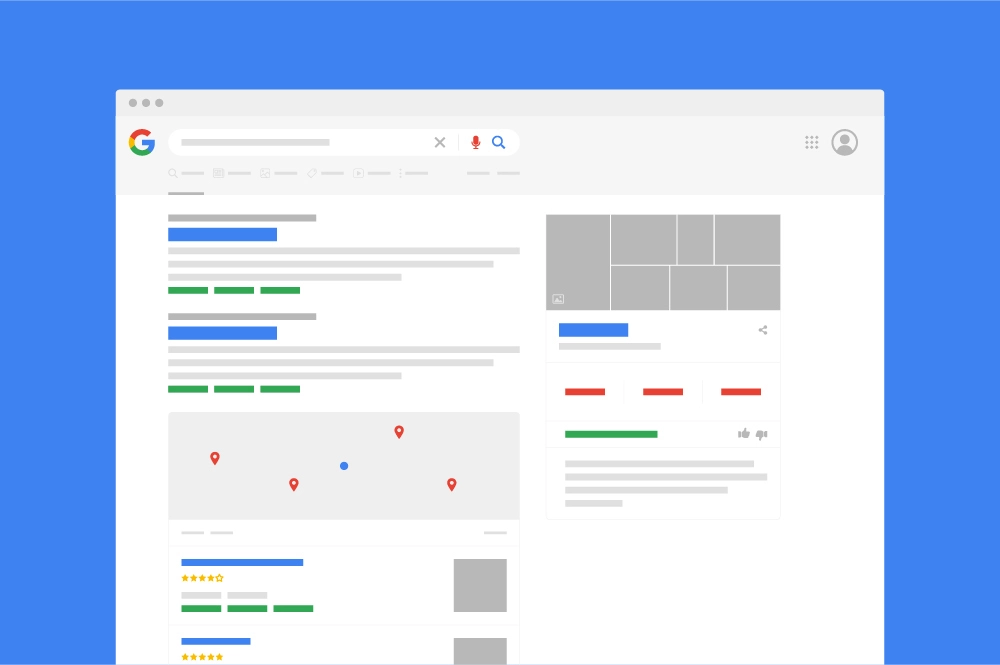
There are two main ways to get your website to appear on a search engine results page: organically through SEO or by paying for ads.
- Search Engine Optimization: Search engine optimization is the process of making your website better for both users and search engines. The goal is to earn a high rank in the organic search results. This involves all the on-page, off-page, and technical SEO work we talked about. Good SEO leads to long-term visibility without paying for every click.
- Search Ads: Search ads, or pay-per-click (PPC) ads, let you pay to appear at the top of the page for specific keywords. You bid on terms with Google Ads, and your ad shows up in the sponsored section of the search results. This is a fast way to get seen but requires a budget, as you pay whenever someone clicks your ad.
A Step-by-Step Guide to Improving Your SERPs Rank

Improving your serps rank takes time and consistent effort. Following these steps will help you climb up the page of results and achieve your SEO goals.
- Step 1: Conduct A Comprehensive SEO Audit – Start by checking your website’s current health. An SEO audit helps you find technical problems, on-page issues, and content gaps. Use tools like Google Search Console to see how your site is performing and identify areas for improvement. This gives you a clear starting point for your SEO efforts.
- Step 2: Perform In-Depth Keyword Research – Keyword research is about finding the words and phrases your potential customers are searching for. Look for target keywords that are relevant to your business and have a good search volume. Understanding the search intent behind these keywords helps you create content that truly answers the user’s question.
- Step 3: Create and Optimize High-Quality Content – Content is king in SEO. Create helpful, well-written articles, blog posts, and pages that address your chosen keywords and user intent. Make sure your content is better than what is currently on the first page of results. Follow on-page best practices to optimize your titles, headings, and text for your main keywords.
- Step 4: Build A Strong Backlink Profile – Backlinks are a powerful signal to Google that your site is a trusted resource. Focus on earning links from reputable websites in your industry. This can be done through guest posting, creating link-worthy content, or outreach. For SaaS businesses looking to scale their authority, a specialized link-building service like VH-info provides the expertise to secure backlinks that drive meaningful rank improvements.
- Step 5: Monitor and Analyze Your Performance – SEO is an ongoing process. You need to track your SERP rank to see if your work is paying off. Use a serp checker tool to monitor your position for your target keywords in real time. Also, use Google Search Console and Google Analytics to watch your organic traffic, click-through rates, and other key metrics. This data will help you adjust your strategy for continued SEO success.
Top Tools For Monitoring SERPs Rank
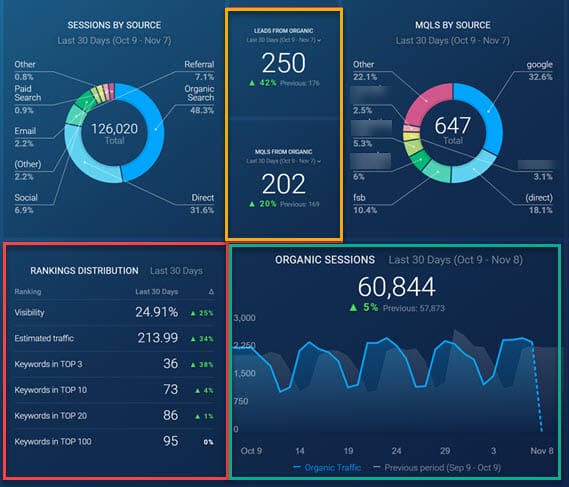
Keeping an eye on your SERP rank is essential. There are many tools available to help you track your position in the search engine results.
Free Tools For Rank Tracking
For those just starting, a free serp checker is a great option. Google Search Console is a must-have tool that shows you what keywords you rank for and your average position. It provides valuable insights directly from Google.
Some companies also offer free versions of their rank-tracking tools with limited features.
Advanced Paid Solutions For SERPs Analysis
For more detailed analysis, paid tools like Ahrefs, SEMrush, and Moz offer advanced serp checker features. These tools let you track a large number of keywords across different locations and devices, see your ranking history, and analyze competitors.
They provide a deep look into the Google SERP landscape.
Using Google Search Console to Understand Your Rankings
Google Search Console is one of the most powerful free tools available for understanding your performance in organic search.
It shows you which queries bring users to your site, your average click-through rate, and your average rank for each query. You can use this data to find pages that are ranking but have low clicks and optimize their titles to attract more visitors.
FAQ’s:
How Often Should I Monitor My SERPs Rank?
It’s a good idea to check your most important keywords weekly. For a broader list of keywords, checking monthly is often enough. Daily changes are normal, so focus on the long-term trend rather than small, day-to-day shifts.
How Long Does It Take to Improve SERPs Rank?
Improving your SERP rank takes time. You might see small changes in a few weeks, but significant improvements usually take 4 to 12 months of consistent SEO efforts. The time it takes depends on your industry’s competition, your website’s authority, and the quality of your SEO work.
Can I Pay to Get A Better SERPs Rank?
You cannot pay Google to get a better rank in the organic search results. The organic listings are earned through quality SEO. However, you can use Google Ads to pay for a sponsored placement at the top of the page, which appears in the paid results section.
Why Does My SERP Rank Keep Changing?
Your SERP rank can change for many reasons. Google’s algorithm is constantly being updated. Your competitors are also working on their SEO, which can affect your position. Other factors include changes in user intent, new content being published on the web, and even personalized search results based on a user’s location and history.
Is There A Difference Between SERPs Rank and Regular Search Ranking?
No, there isn’t a difference. SERPs’ rank is just a more technical term for search ranking. It refers to your website’s specific position on a search engine results page for a particular search query. Both terms mean the same thing: where you show up in the search results.
Conclusion
Your SERP rank is one of the most important measures of your online visibility.
Getting to the first page of Google requires a smart and steady approach to search engine optimization.
By focusing on creating high-quality content, building a strong technical foundation, and earning authoritative backlinks, you can improve your position in the organic search results.
Utilize resources such as Google Search Console and a SERP checker to monitor your progress, as consistent SEO efforts will eventually result in increased organic traffic, enhanced audience trust, and sustained SEO achievement.
For SaaS companies looking to accelerate this growth, building high-quality backlinks is essential. At VH-info, we specialize in providing expert link-building services that earn these authoritative links, helping you improve your rank and drive meaningful results.
